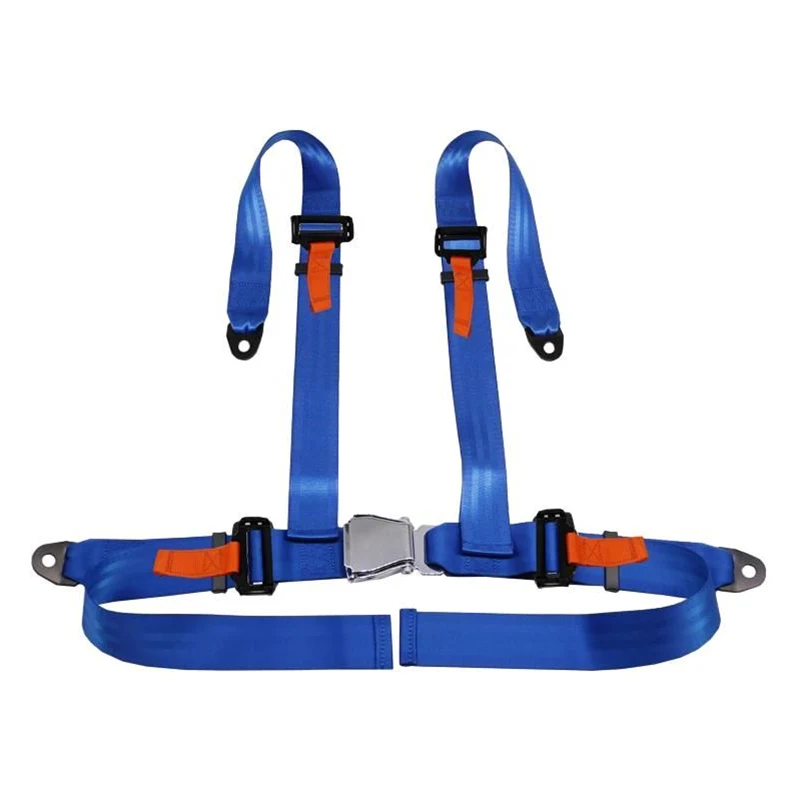What scenarios are four-point seat belts suitable for?
2025-04-03
Four-point seat belts are a type of seat belt that adds two shoulder straps to a two-point seat belt. It consists of two shoulder straps and two waist belts, which are fixed on the shoulders and waist respectively, which can better disperse the impact force during a collision and ensure that the occupants can be firmly fixed to the seat when the vehicle rolls over.
Applicable scenarios for four-point seat belts:
1. Core application scenarios
Professional racing and high-performance vehicles:
Four-point seat belts are standard for racing. The driver is firmly fixed to the seat through the belts on both sides of the shoulders and waist. It can withstand extreme inertia forces such as high-speed cornering and sudden braking to prevent violent displacement of the body.
Used in conjunction with bucket racing seats, it improves the driver's control stability, especially suitable for track racing, rally and other scenarios.
Special operation vehicles:
Applicable to vehicles operating in bumpy environments such as engineering machinery vehicles and off-road vehicles, which can reduce the risk of fatigue or injury to the driver due to body shaking.
2. Other applicable scenarios
Child safety seats:
Some child safety seats adopt a four-point design, which protects the child's torso through multi-directional fixation and reduces the risk of neck stress during collision.
Commonly used in infant and toddler seats with high safety requirements (such as competition-level child seats).
Aviation and military fields:
Military vehicles or helicopter seats may be equipped with four-point seat belts to adapt to the complex and bumpy environment of the battlefield, taking into account flexibility and protection.
Specific industrial scenarios:
Some industrial equipment operators (such as mining machinery and aerial work platforms) need to wear four-point seat belts to ensure body stability during operation.
3. Usage restrictions
Use with caution in civilian vehicles: The four-point seat belt restricts upper body movement and may affect emergency escape. It is not recommended to modify ordinary family cars for use.





